A recent article in the Observer, “Die-back kills off 90% of Denmark’s ash trees,” had me both remembering my childhood and thinking ahead to the future of the redwood forest. Growing up in Britain, I remember the scourge of Dutch elm disease that killed more than 25 million trees after a virulent new strain of the disease arrived from North America in the late 1960s. The Elm was one of the most distinctive English countryside trees – immortalized in great paintings – as well as a widely planted city tree. It was sad to watch the elm disease take hold, but this somehow seemed inevitable once it was loosed in the environment. Of course, here in the states, the American chestnut was similarly blighted and mature trees are now rare. The ash, elm and chestnut all succumbed to exotic pathogens harking from Asia. When introduced into new territory the pathogens took off and have had a devastating effect on individual trees and the forests in which that tree species is a key element. Countless hours and millions of dollars have been spent to first control and then breed resistant trees, with mixed success.
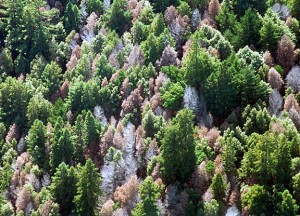
Here in the coast redwoods of California, a similar story is unfolding with tanoak, which is one of the species most seriously affected by sudden oak death. While the redwoods steal the spotlight, the tanoak is a critical part of many redwood forests. Native Americans sought out its acorns; it was a mainstay of the early tanning industry; and its nuts are a key part of the food base for many species that inhabit the redwood forest. Its loss will have cascading effects throughout the ecosystem. Sudden oak death started in a few isolated spots and is now spreading widely – recently being found in the Mattole and Grizzly Creek watersheds in Humboldt County.
So what are we to do? We can all play a part in slowing the spread of the pathogen, for instance by not taking mud from infected areas to new areas on our boots or car (simple bleach does the trick). For the League’s part we’re promoting research to better understand the impacts it has on the forest. But ultimately a water and air-borne pathogen doesn’t need us to get about in these fog-bathed forests. Probably the most important thing we can do is to make sure that the spaces vacated by any dying oak, are taken up with native trees and shrubs rather than other invasive plants like broom, pampas, or Eucalyptus. At some point, we’ll have to accept this new invader and the change that it is bringing to the forest. As we know, the only constant in nature is change.



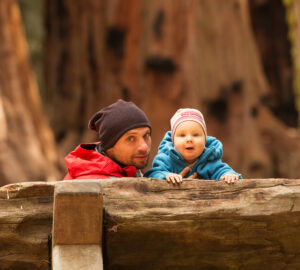
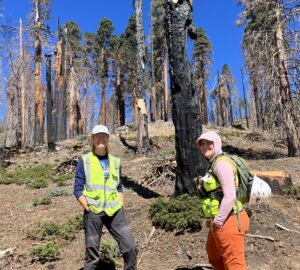
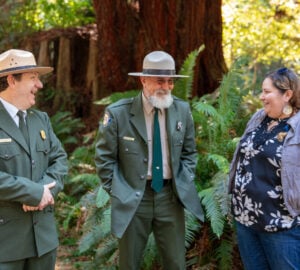
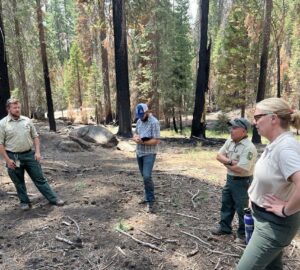
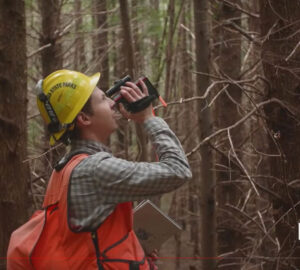
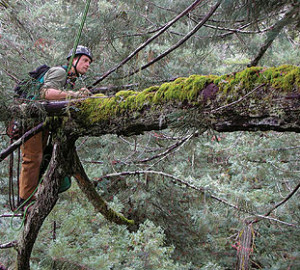

One Response to “Oaks and Ashes and Chestnuts, oh my!”
Tim Upham
The loss of the tanoak would amount to cultural genocide for California. The California State Board of Education just certified teachers to teach the numerous Native American languages. For one thing that will go into that teaching are the foodstuffs used by Native Americans. The tanoak was used to make acorn bread, “Hutaj-a” in Southern Sierra Miwok and “Klone’ ” in Salinan. What they did was wrap it leaves, and bake it in earth ovens. It came out black, but rubbery like Monterey Jack cheese. I have had it, and it is quite good. So this natural loss, would also be a cultural loss. Ishi demonstrated how it was made. He is gone, but not his world and natural resources.